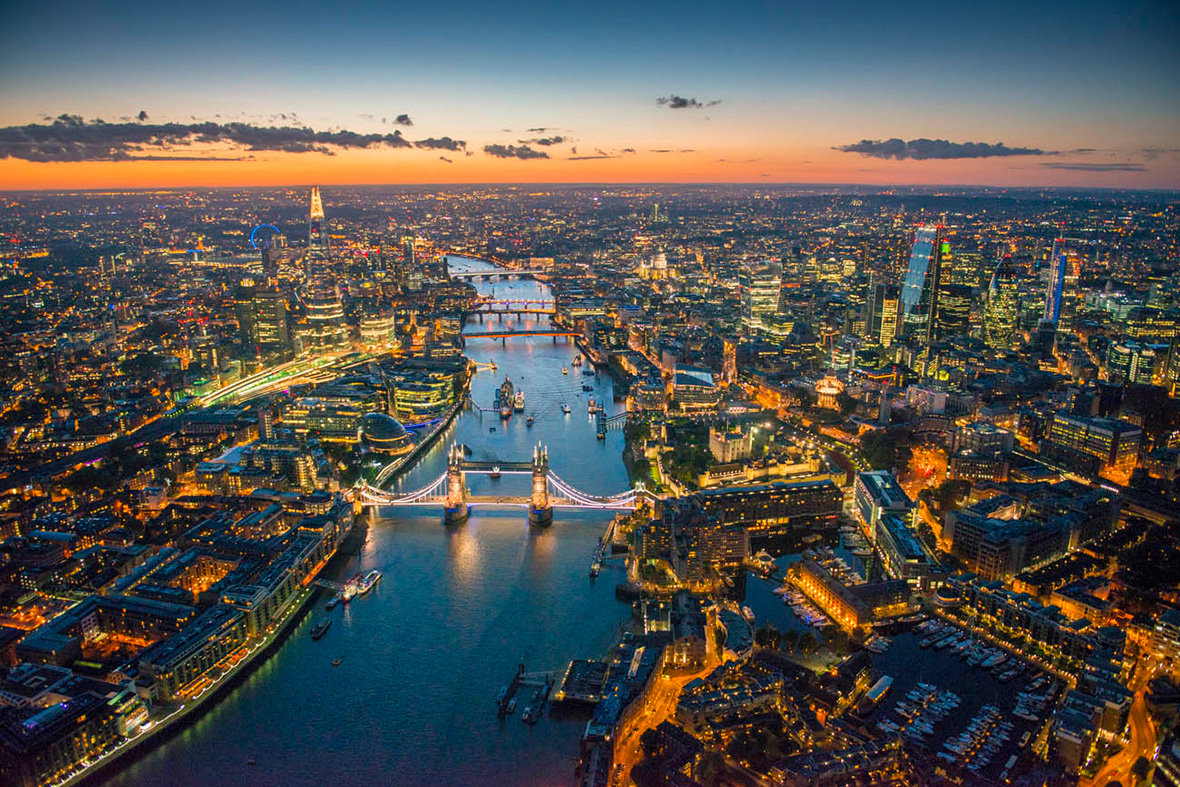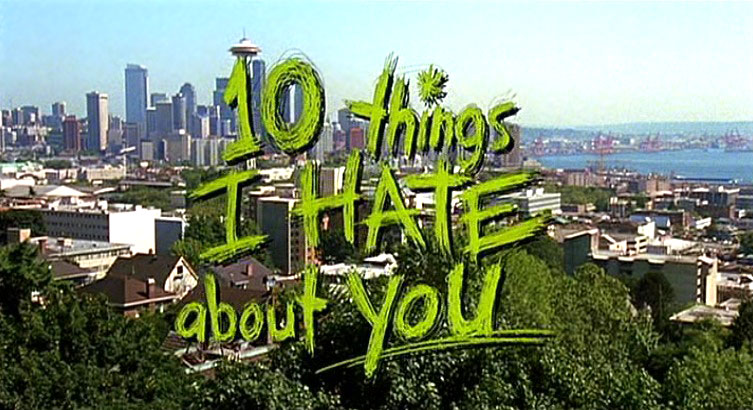Aerial shot- A camera shot taken from an overhead position. Often used as an establishing shot.
Close up- A head and shoulders shot often used to show expressions or emotions of a character. Also it can be a shot of an object filmed from close to the object or zoomed to it, that reveals detail.
Extreme close up- A shot where a part of a face or body of a character fills the whole frame/ dominates the frame.
Establishing shot- A shot that establishes a scene, often giving the viewer information about where the scene is set. Can be a close up shot but is often a wide/long shot and usually appears at the beginning of a scene.
Medium shot- The framing of a subject from waist up .
Two shot- A shot from two characters, possible engaging in conversation. usually to signify or establish some sort of relationship.
Point-of-view shot- Shows a view from the subjects perspective. This shot is usually edited so that the viewer is aware whose point of view it is.
Over the shoulder shot- Looking from behind a characters shoulder, at a subject. The character facing the subject usually occupies 1/3 of the frame but it depends on what the meaning the director wants to create (an example is, if the subject is an inferior character, the character facing them may take up more of the frame to emphasis this)
Overhead shot- A type of camera shot in which the camera is positioned above the character, action or object being filmed.
Reaction shot- A shot that shows the reaction of a character either to another character or an event within the sequence.
Camera Angles
Camera angle- the position of the camera in relation to the subject of a shot. the camera might be at a high angle, a low angle or at eye level with what is being filmed.
High Angles- A camera angle that looks down upon a subject or object. Often used to make the subject or object appear small or vulnerable.
Low angle- A camera angle that looks up at the object or subject. Often used to make the subject or object appear more powerful/dominant.
Camera framing (or oblique)- Camera angle that makes what is shot appear to be skewed or titled.
Camera Movement
Pan- Where the camera pivots horizontally, either from right to left or left to right to reveal set or setting. This can be used to give a panoramic view. sometimes used to establish as scene.
https://www.youtube.com/watch?v=0P5nPMXtz6w
Track- A shot where the camera follows the subject/object. The tracking shot can include smooth movements forward, backward, along the side of a subject or on a curve but cannot include complex movement around a subject. 'Track' refers to rails in which a welled platform (which has a camera on it) sits on in order to carry out smooth movement.
https://www.youtube.com/watch?v=RLuEskAhRGE
Crane- A crane shot is sometimes used to signify the end of a scene/program/film. The effect is achieved by the camera being put onto a crane that can move upward.
https://www.youtube.com/watch?v=qMeP0aWbLRU
Steadicam- A Steadicam is a stabilising mount for a camera which mechanically isolates the operator's movement from the camera, allowing a very smooth shot even when the operator is moving quickly over an uneven surface. informally, the word may also be used to refer to the combination of the mount and camera.
https://www.youtube.com/watch?v=UnYJve0-3p8
Tilt- Where a camera scans a set or setting vertically (otherwise similar to a zoom pan)
https://youtu.be/Q1JW_YtSX44
Zoom- Using a zoom lens to appear to be moving closer to (zoom in) or further away from (zoom out) a subject/object when in fact the camera may not move (so strictly not camera movement). can be used for dramatic effect.
https://www.youtube.com/watch?v=AIlPrM3EU4Q
Sound
Diegetic Sound (natural) - Sound that can be heard by the characters within a scene/ sound part if the imaginary world. sound in the actual scene, so we would hear this if we were there. eg. a door closing, a band playing a performance. but if we hear like a heart beating that is not natural and is added by editing, if we were there we wouldn't hear this.
Non-diegetic Sound- Sound that the characters cannot hear and is not part if the imaginary world of the story. This includes musical soundtrack or a voice over (however this excludes a narration by character within the story, referred to as an internal monologue and is diegetic).
Score- The musical component of a programs soundtrack usually composed specifically for the scene.
Sound Effects- Sounds that are added to a film during the post-production stage.
Foley Sound- The reproduction of everyday sounds from footsteps, a door opening, or a creek in the floor, that are done on post production by Foley artist.
Asynchronous sound- Sound which is indigenous to the action but no precisely synchronised with the action.
Dialogue- Spoken between or by characters














No comments:
Post a Comment